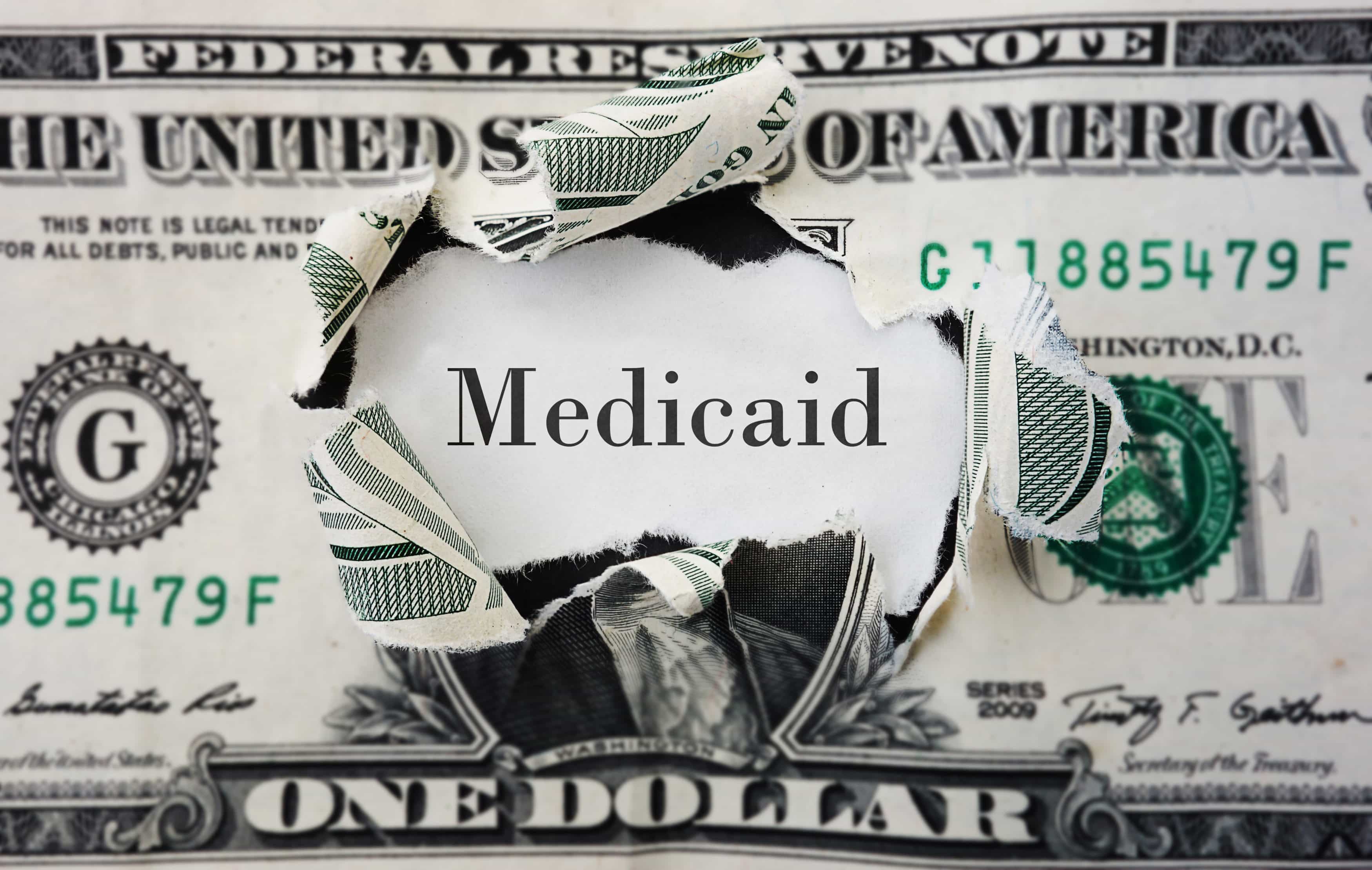
Legislators may have shortchanged the state Medicaid program in the just-passed budget, projections from the state’s top economists show.
And Medicaid funding problems may only increase in Fiscal Year 2026-27.
Members of the Social Services Estimating Conference predict Medicaid expenditures for Fiscal Year 2025-26 will exceed appropriations by $510.7 million, recently published data show.
“Most importantly, the current-year estimate produces a General Revenue deficit of $125.5 million relative to the appropriated level,” economists wrote in a summary.
Payments to the Medicaid managed-care plans that are contracted to provide long-term care services to the poor, elderly and disabled are a driving force behind the shortfall.
Economists projected the state will pay plans $7.8 billion by the end of the fiscal year on June 30 next year, or $285.4 million more than legislators budgeted. Conversely, there’s a budget surplus when it comes to payments for the Medicaid managed medical assistance plans that provide general acute care. Economists estimate those prepaid health plans will be paid $19.8 billion this year, which is $19.5 million less than what legislators budgeted.
Economists for the Governor’s Office and House and Senate routinely meet to analyze spending trends in programs funded with state dollars. Their forecasts inform legislators as they prepare and finalize the state’s operating budget. Members of the Social Services Estimating Conference, which examines spending in Medicaid programs and enrollment trends, met on June 30 and the results were posted this week.
In addition to reviewing spending for the current year, the conference analyzed Medicaid spending for the fiscal year that starts July 1, 2026. Assuming no changes in the law, Medicaid is expected to cost $37.1 billion.
That’s $2.1 billion-plus higher than what’s allocated for in the current year base budget. A base budget only includes projects paid for with recurring dollars and funded with one-time appropriations. Again, economists noted in the summary, that is $962.8 million more in general revenue than budgeted in FY 2025-26.
Again, Medicaid managed-care plans — for long-term care and general acute care — are a driving force behind the gap, accounting for more than $1.75 billion of the projected shortfall for FY 2026-27.
In addition to projecting expenses, economists forecast Medicaid enrollment, or how many people will rely on the program. Economists agreed that 4,149,320 people will receive health care through Medicaid this year. That’s about 67,000 people fewer than legislators assumed when crafting the budget.
Economists predict 4,186,782 will rely on Medicaid in Fiscal Year 2026-27.
___
Christine Sexton reporting. Florida Phoenix is part of States Newsroom, a nonprofit news network supported by grants and a coalition of donors as a 501c(3) public charity. Florida Phoenix maintains editorial independence. Contact Editor Michael Moline for questions: [email protected].



